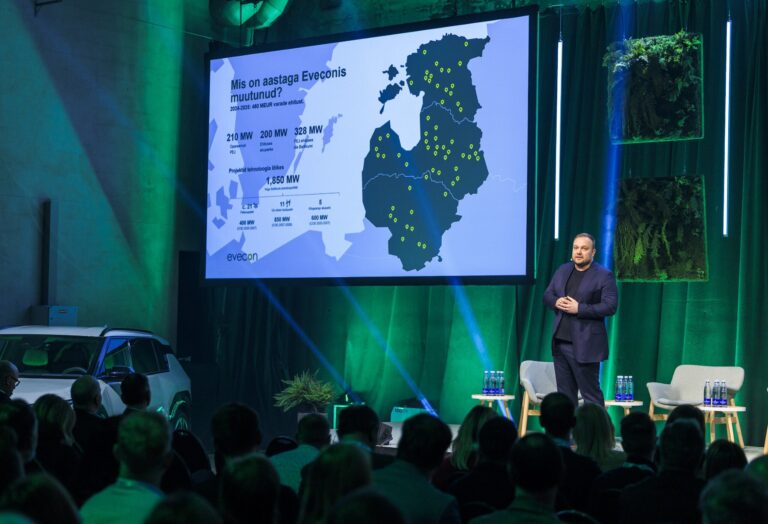Estonia’s state-owned energy group Eesti Energia has launched an international competition among data scientists to find a more accurate model for forecasting the consumption and production of electricity by small producers — a machine learning-based solution that aims to reduce costs for customers and promote green energy production.
Electricity sellers need to forecast the necessary amounts and buy electricity from the power exchange every day, with hourly accuracy, to cover their customers’ consumption and generation for the following day. If not enough electricity is purchased for customers, the electricity seller has to buy the missing amount on the balancing market at a higher price than the exchange price. If there is a surplus, it has to be sold on the balancing market at a price significantly below the exchange price. The difference between forecast and reality is the source of the imbalance and the cost of the balancing energy.
The competition is held on Kaggle, an international community for data scientists and machine learning specialists.
Ilmar Kaar, head of business and information technology at Eesti Energia, says a more accurate forecasting model would help solve the problem of imbalances in electricity production and consumption and reduce the costs arising from it.
“There are more than 20,000 electricity producers in the network of Elektrilevi alone, the majority of which are solar parks. Since for micro and small producers both customer consumption and production must be predicted simultaneously, forecasting is more difficult. At the same time, its accuracy is many times more important than before: a small mistake in forecasting means very high costs for the electricity seller, since there number of producers is very large already,” Kaar explained.
Solving the issue of energy imbalances and the resulting rising costs would also benefit customers. The percentage of error in forecasting is priced as balancing energy expenditure into customers’ margins.
In addition, excessive imbalance can lead to higher operating costs, potential grid instability, and inefficient use of energy resources. According to Kaar, an effective solution to the problem could also make the network connections of micro and small producers more efficient.
Teams of up to five members can participate in the international competition, and registration is open until Jan. 24. Forecasting models can be submitted until Jan. 31. The models will be evaluated based on the mean absolute error, or MAE, between the predicted return and the observed target.
Submissions will be followed by a two-month period of analysis and evaluation, and the best solutions will be announced at the end of April. The six best solutions will receive a cash prize. The prize for the first place is 15,000 US dollars.
Kaggle is the largest international community focused on artificial intelligence and machine learning, as well as an organizer of international machine learning and artificial intelligence competitions.
Eesti Energia is an international energy company whose home markets are the Baltic states, Finland and Poland. The group is engaged in both energy production and sales, as well as providing customers with energy solutions. The group’s goal is to achieve carbon neutrality in electricity production by 2035 and in production across the entire group by 2045.
Source: BNS
(Reproduction of BNS information in mass media and other websites without written consent of BNS is prohibited.)






















